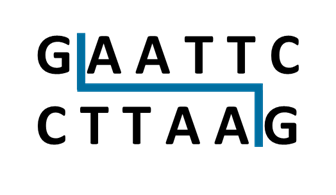GenScript Restriction Enzyme Map Analysis Tools
This online tool helps you analyze restriction enzyme cutting maps

Restriction digestion also called restriction endonuclease is a process in which DNA is cut at specific sites, dictated by the surrounding DNA sequence. Restriction digestion is accomplished by incubation of the target DNA molecule with restriction enzymes - enzymes that recognize and bind specific DNA sequences and cleave at specific nucleotides either within the recognition sequence or outside of the recognition sequence. Restriction digestion can result in the production of blunt ends (ends of a DNA molecule that end with a base pair) or sticky ends (ends of a DNA molecule that end with a nucleotide overhang). Restriction digestion is usually used to prepare a DNA fragment for subsequence molecular cloning, as the procedure allows fragments of DNA to be pieced together like building blocks via ligation. The results of a restriction digestion can be evaluated by gel electrophoresis, in which the products of the digestion are separated by molecule length (based on the negative charge of DNA molecules) in a polymer gel to which an electric field has been applied. The components of a typical restriction digestion reaction include the DNA template, the restriction enzyme of choice, a buffer and sometimes BSA protein. The reaction is incubated at a specific temperature required for optimal activity of the restriction enzyme and terminated by heat.


